
10 Pretty Plants That Might Be the Source of That Nasty Odor in Your Yard
When it comes to landscaping, most people prioritize aesthetics, choosing plants based on their color, shape, and how they contribute to the overall design of the garden. However, an often-overlooked aspect of garden planning is the scent of the plants. While many plants provide a pleasant fragrance that enhances the garden experience, others—despite their beauty—can emit surprisingly unpleasant odors. If you’ve been puzzled by an unusual or nasty smell in your yard, one of these ten pretty plants could be the culprit.
1. Crown Imperial (Fritillaria imperialis)
The Crown Imperial is a showstopper in any garden. With its tall, sturdy stems and large, bell-shaped flowers that hang down in a crown-like formation, it’s hard not to be impressed. This plant comes in a variety of colors, including yellow, red, and orange, adding a vibrant splash to any garden. However, there’s a catch. The bulbs of the Crown Imperial emit a skunk-like odor, which, while effective at deterring rodents and other pests, can be off-putting to humans. The smell is especially noticeable if you’re working close to the plant or when the soil is disturbed during planting or weeding.

2. Stinking Hellebore (Helleborus foetidus)
Despite its rather unappealing name, the Stinking Hellebore is an attractive plant with dark, glossy green leaves and clusters of nodding, pale green flowers. It’s a favorite for adding winter interest to gardens, as it blooms in the colder months when most other plants are dormant. But beware—when the leaves are crushed or bruised, they release a pungent odor that’s often compared to the smell of wet dog or old socks. This plant is best placed in a less-trafficked area of the garden where the scent won’t be as noticeable.
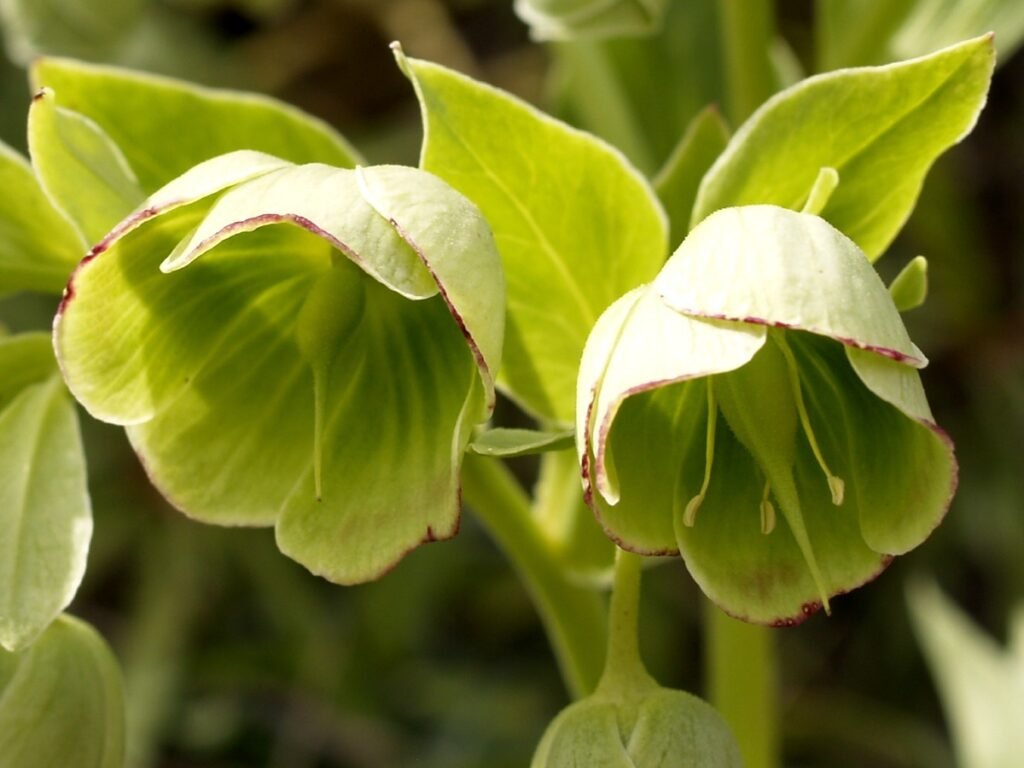
3. Globe Artichoke (Cynara scolymus)
The Globe Artichoke is more than just a vegetable; it’s a striking ornamental plant with silvery-green foliage and large, thistle-like flowers that can add a dramatic touch to any garden. While the artichoke itself is edible and prized in the kitchen, the plant emits a strong, musky odor when the leaves are crushed or when the plant starts to decay. This smell can be quite overpowering, especially in smaller gardens or on hot days when the scent can linger in the air.

4. Skunk Cabbage (Symplocarpus foetidus)
True to its name, Skunk Cabbage is known for the foul odor it emits, which is often described as a mix of rotting meat and skunk spray. This plant thrives in wet, marshy areas and is one of the first to emerge in spring. Its large, bright green leaves and unusual, hooded flowers make it a unique addition to any garden, but the smell can be overwhelming. Interestingly, the odor serves an important ecological function, attracting carrion-feeding insects that help pollinate the plant. If you live near a wetland or have a bog garden, you may find Skunk Cabbage growing naturally, but its odor is something to consider before allowing it to proliferate.
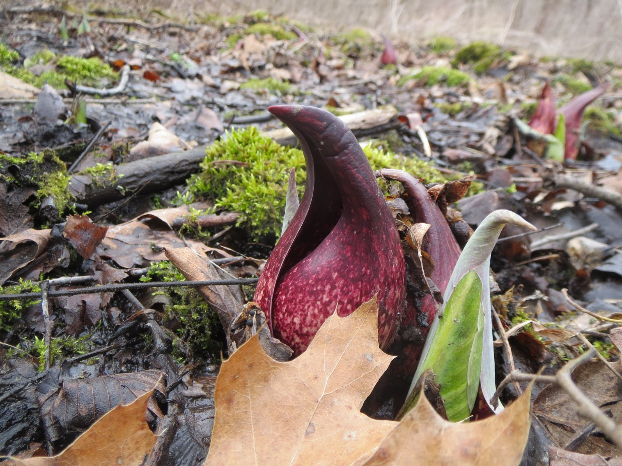
5. Corpse Flower (Amorphophallus titanum)
The Corpse Flower is one of the most infamous plants in the world, known for its enormous size and the revolting smell it emits when in bloom. The odor, which closely resembles rotting flesh, is designed to attract carrion-eating beetles and flies for pollination. While it’s a rare plant and an extraordinary sight when in bloom, the stench can be unbearable. The Corpse Flower is typically grown in botanical gardens where its bloom can be controlled and monitored, but it’s not a plant you’d want to include in a residential garden unless you’re prepared for the olfactory onslaught.
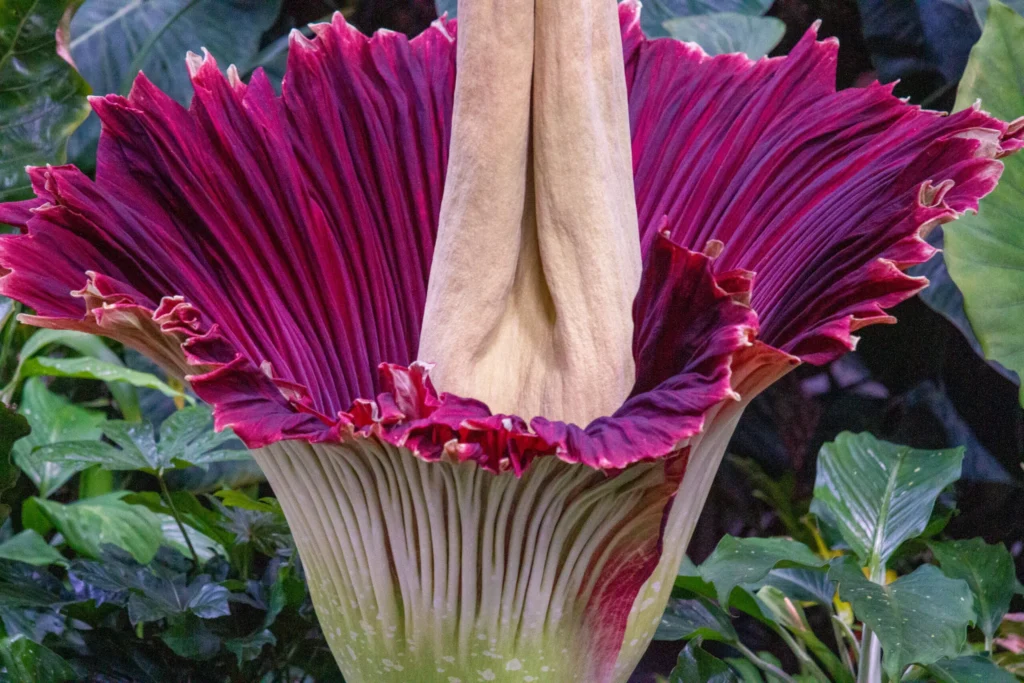
6. Curry Plant (Helichrysum italicum)
The Curry Plant is a delightful-looking shrub with silvery, needle-like leaves and small, bright yellow flowers. It’s often used in gardens for its attractive foliage and its ability to thrive in hot, dry conditions. The plant gets its name from the strong curry-like scent of its leaves, which intensifies in the heat of the sun. While some people enjoy the smell, others find it overpowering, especially if the plant is used in large quantities. The scent can become more pungent and less appealing as the plant matures, so it’s important to consider your tolerance for the smell before planting it near living spaces or windows.

7. Valerian (Valeriana officinalis)
Valerian is a beautiful perennial plant known for its clusters of small, sweet-smelling white or pink flowers that attract bees and butterflies. It’s often grown for its medicinal properties, particularly for its roots, which are used as a natural remedy for insomnia and anxiety. However, the roots of Valerian have a strong, unpleasant odor that’s often compared to dirty socks or spoiled milk. This smell can be especially noticeable when the plant is disturbed or after heavy rain. While the flowers themselves are quite fragrant, the scent from the roots can permeate the area around the plant, so it’s best to plant Valerian in a spot where the odor won’t be a nuisance.

8. Cabbage (Brassica oleracea)
Cabbage is a popular vegetable that’s easy to grow and a staple in many home gardens. It’s also known for its strong, sulfurous odor, especially when the plant starts to decompose. This smell can be particularly potent on hot, humid days or when the plant is damaged by pests. While the odor is a natural part of the plant’s biology, it can be unpleasant if you’re growing a large quantity of cabbage or if the plants are located near outdoor seating areas. To minimize the smell, keep your cabbage plants healthy and harvest them promptly to avoid decay.

9. Paperwhite Narcissus (Narcissus papyraceus)
Paperwhite Narcissus is a popular choice for indoor forcing during the winter months, thanks to its delicate white flowers and ability to bloom indoors. However, the fragrance of Paperwhites is divisive—while some people enjoy its sweet, floral scent, others find it overpowering and unpleasant, often describing it as musty or reminiscent of urine. The intensity of the scent can be overwhelming in small spaces, so if you’re sensitive to strong smells, it’s best to enjoy Paperwhites in well-ventilated areas or outdoors where the scent can dissipate.
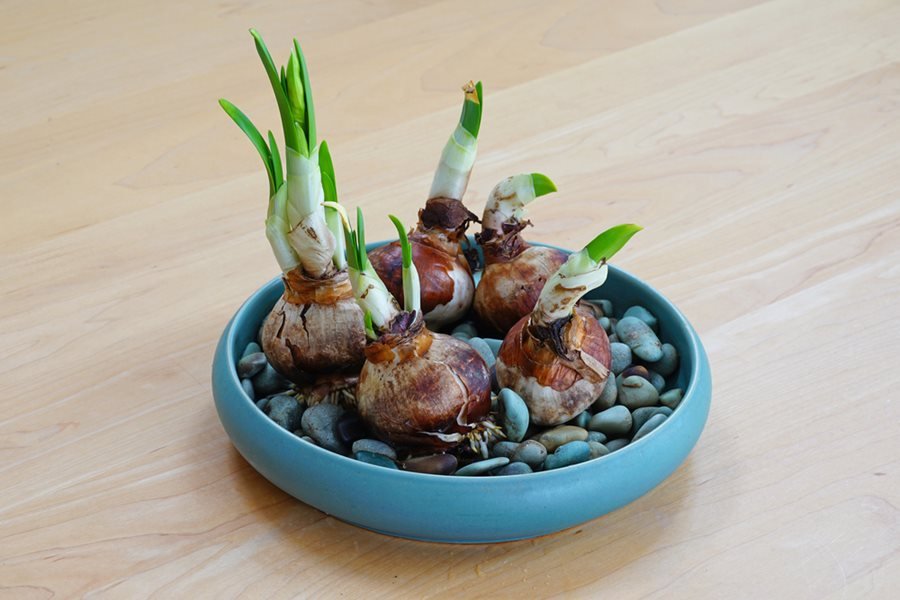
10. Corydalis (Corydalis spp.)
Corydalis is a charming plant with fern-like foliage and tubular flowers that come in shades of blue, pink, and yellow. It’s a favorite among gardeners for its ability to thrive in shady areas and its long blooming period. However, Corydalis is also known for emitting a musty, earthy odor, especially when the plant is wet. While the scent is not as strong as some of the other plants on this list, it can be noticeable if you have a large patch of Corydalis or if the plants are located near paths or seating areas.

How to Manage Unpleasant Odors in Your Garden
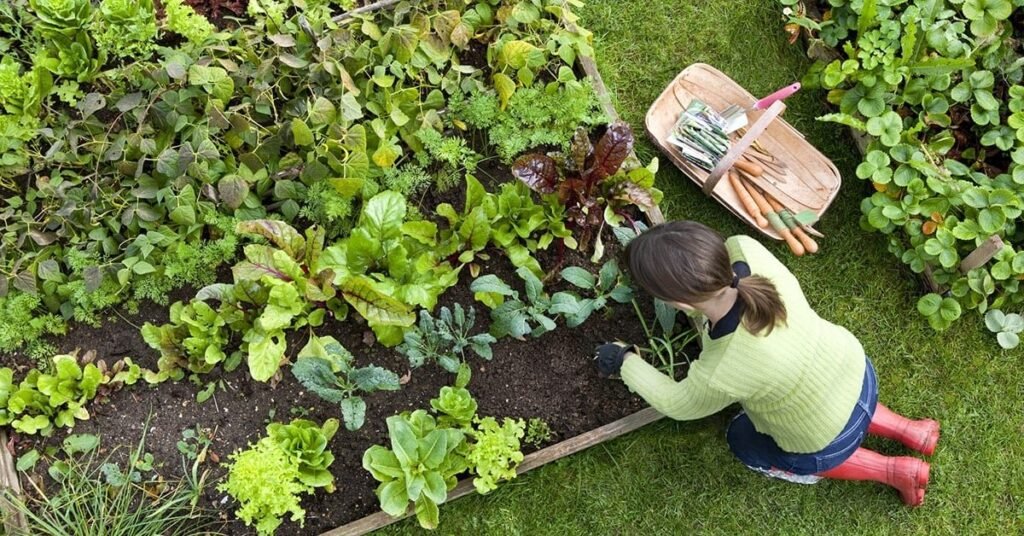
If one of these plants is responsible for the unpleasant smell in your yard, don’t worry—you don’t have to remove it entirely. Here are a few strategies to help you manage the odor while still enjoying the beauty of these plants:
- Strategic Placement: Consider planting odorous species away from high-traffic areas like patios, walkways, or windows. This can help minimize the impact of their smell while still allowing you to appreciate their beauty from a distance.
- Companion Planting: Surround these plants with fragrant companions that can help mask the less pleasant odors. Plants like lavender, rosemary, and jasmine are not only aromatic but also complement a variety of garden styles.
- Regular Maintenance: Keeping your garden well-maintained is key to reducing unpleasant smells. Remove decaying leaves, spent flowers, and any rotting plant material promptly to prevent the odors from intensifying. In addition, ensure that the soil is well-drained to avoid waterlogged conditions that can exacerbate smells.
While these plants can add significant visual appeal to your garden, their strong and sometimes unpleasant odors might be a surprise. By carefully considering where and how you plant them, and by pairing them with more pleasantly scented species, you can enjoy a beautiful and fragrant garden without the unwanted smells. Whether you’re an experienced gardener or just starting out, being mindful of both the visual and olfactory impact of your plant choices will ensure that your outdoor space is a delight for all the senses.






